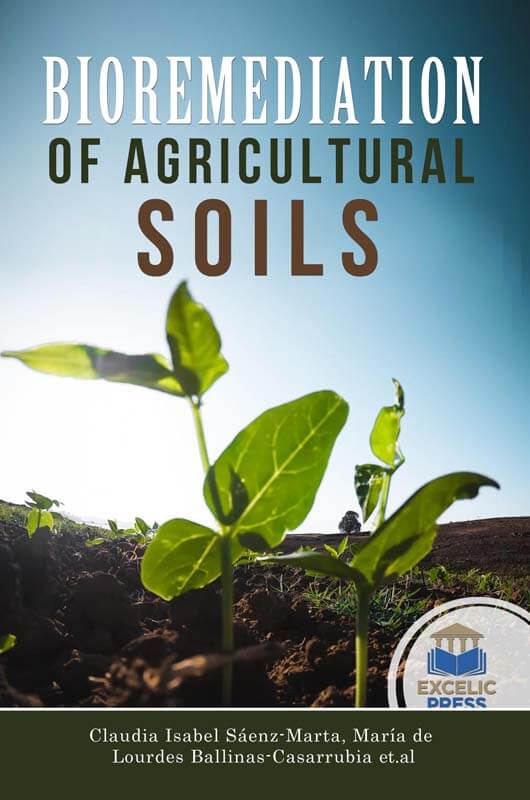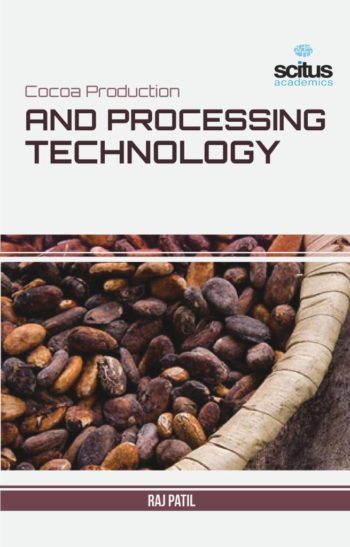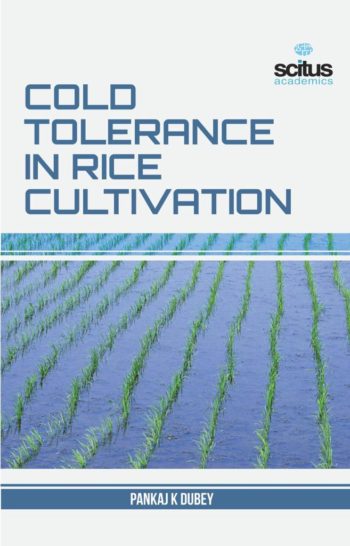Soil contamination can be attributed to many different sources such as agricultural and mining activities, industrial and residential release, which poses serious risks to environmental safety and human health. Bioremediation has become one of the methods used in the remediation of contaminated sites; bioremediation strategies are based on the use of different microorganisms: bacteria, yeasts, or fungi isolated from soil or from a place where there is a presence of contaminants such as hydrocarbons, which facilitate the cleaning of the contaminated sites. Hydrophobic contaminants are of special concern since their molecules can be bound to the soil particles, but because of its low solubility in water and high interfacial tension, those contaminants cannot be easily removed. To help with the desorption of contaminants, surfactants can be used in soil and water remediation technologies. Various remediation techniques, based on either mobilization or immobilization processes, have been developed to solve these challenges.
This book contains thirteen chapters. The first chapter intends to describe microorganisms related to biosurfactant production, including yeasts, as well as their role in bioremediation. Although bacteria have been extensively studied for biosurfactant production, yeasts are also potential biosurfactant-producing microorganisms. Because of their unique structures, biosurfactants may have a greater range of properties that can be exploited commercially. Heavy metals are natural constituents of the environment, but indiscriminate use for human purposes has altered their geochemical cycles and biochemical balance. This results in excess release of heavy metals such as cadmium, copper, lead, nickel, zinc, etc. into natural resources like the soil and aquatic environments. In view of this, the second chapter investigates the abilities of microorganisms and plants in terms of tolerance and degradation of heavy metals. Also, advances in bioremediation technology and techniques to explore these vast, and valuable biological resources for the bioremediation area unit mentioned. Associate in Nursing assessment of this standing of technology preparation and suggestions for future bioremediation analysis has conjointly been enclosed. The next chapter provides an overview of the state of the art on biochar resources, production processes and the result of pyrolysis, surface characteristics of biochar, interactions of biochar with soil, and associated biota (microbes and plant).
The following chapters are dealt with an assessment of the causes of lead pollution and the efficiency of bioremediation by plants and microorganisms; rhizoremediation of hexachlorocyclohexane through pesticide-contaminated soil by Solanum nigrum; bioabsorption and bioaccumulation of cadmium in the straw and grain of maize in growing soils contaminated with cadmium in a different environment; herbicide bioavailability determinant processes in the soil; and isolation of mercury-resistant fungi from mercury-contaminated agricultural soil.
Soil pollution and high salinity which caused the farmland unusable for cultivation are one of the major geo-environmental problems. A chapter also presents an idea about the extent of soil chemical properties change due to tsunami and to apply the bioremediation approach to salinity control of the agricultural land. In the end, a study highlighted that earthworms’ activities and crop straw can modify soil properties and structure and promotes the remediation of heavy metal. This study suggests that the ecological context of remediation instead of being limiting on soil-earthworms-plant interaction should integrate the natural resources forsaken which can provide a positive influence on both plant health and the remediation of heavy metal in contaminated soil.














Reviews
There are no reviews yet.